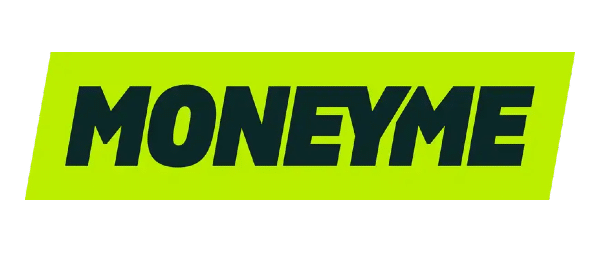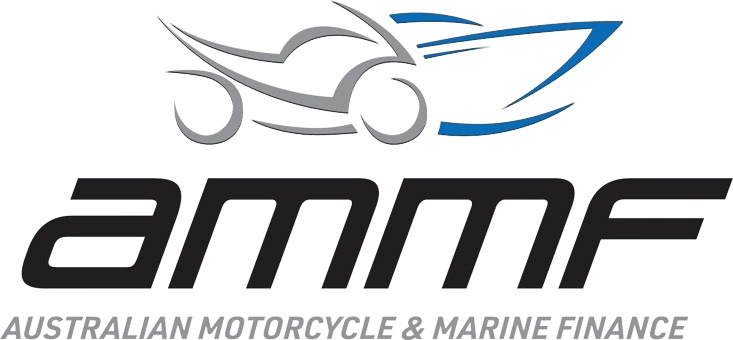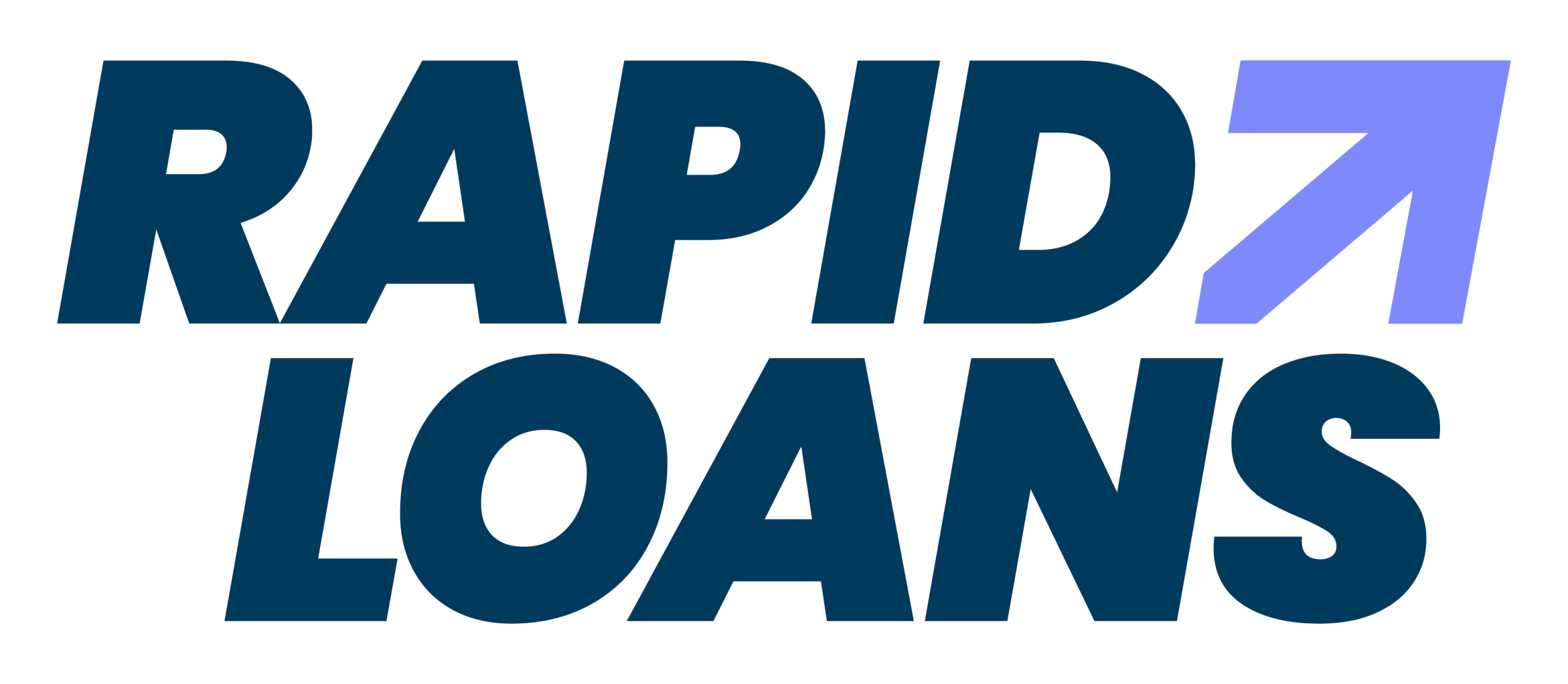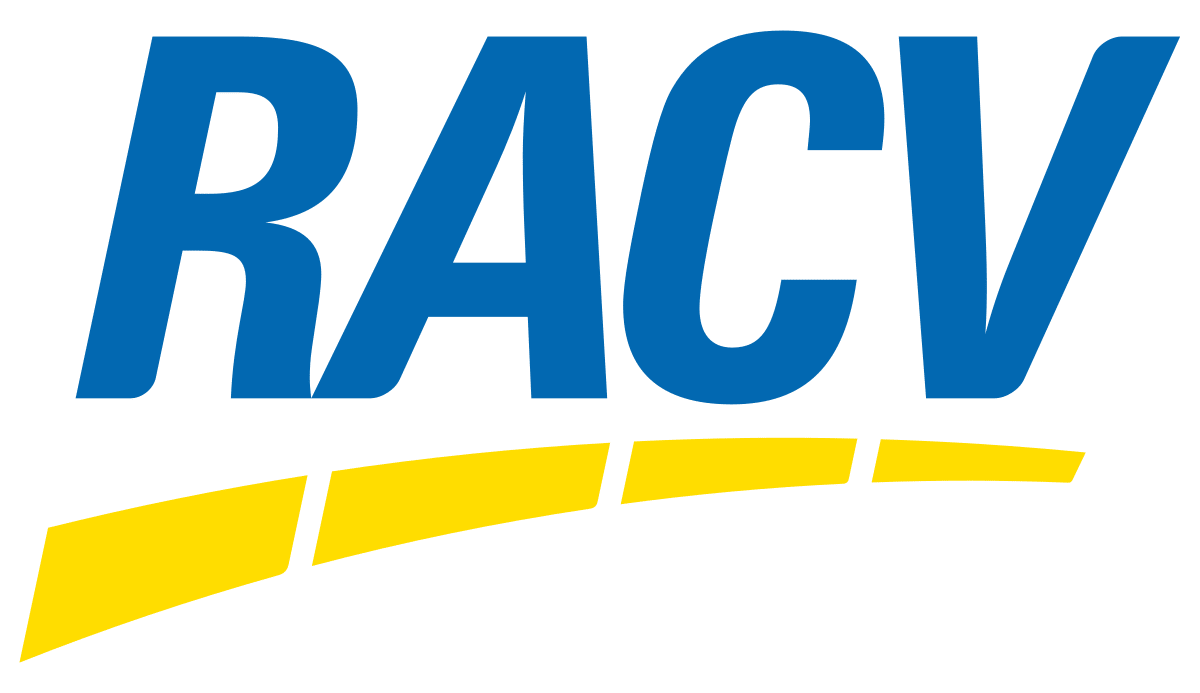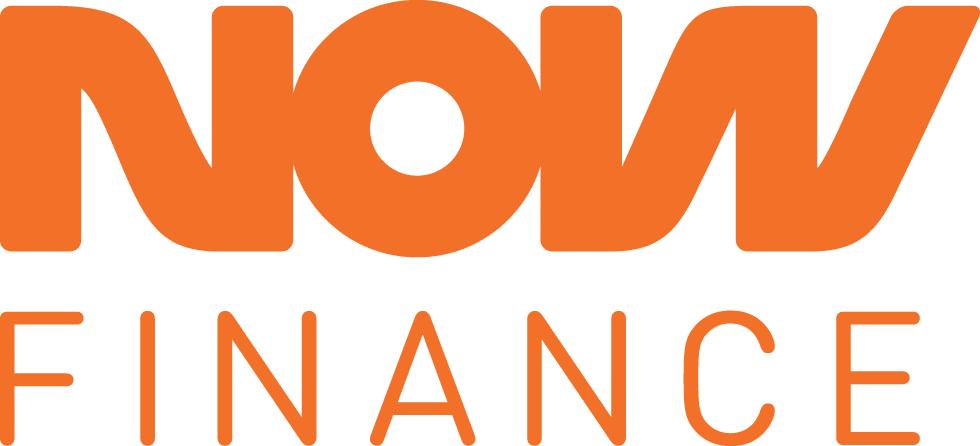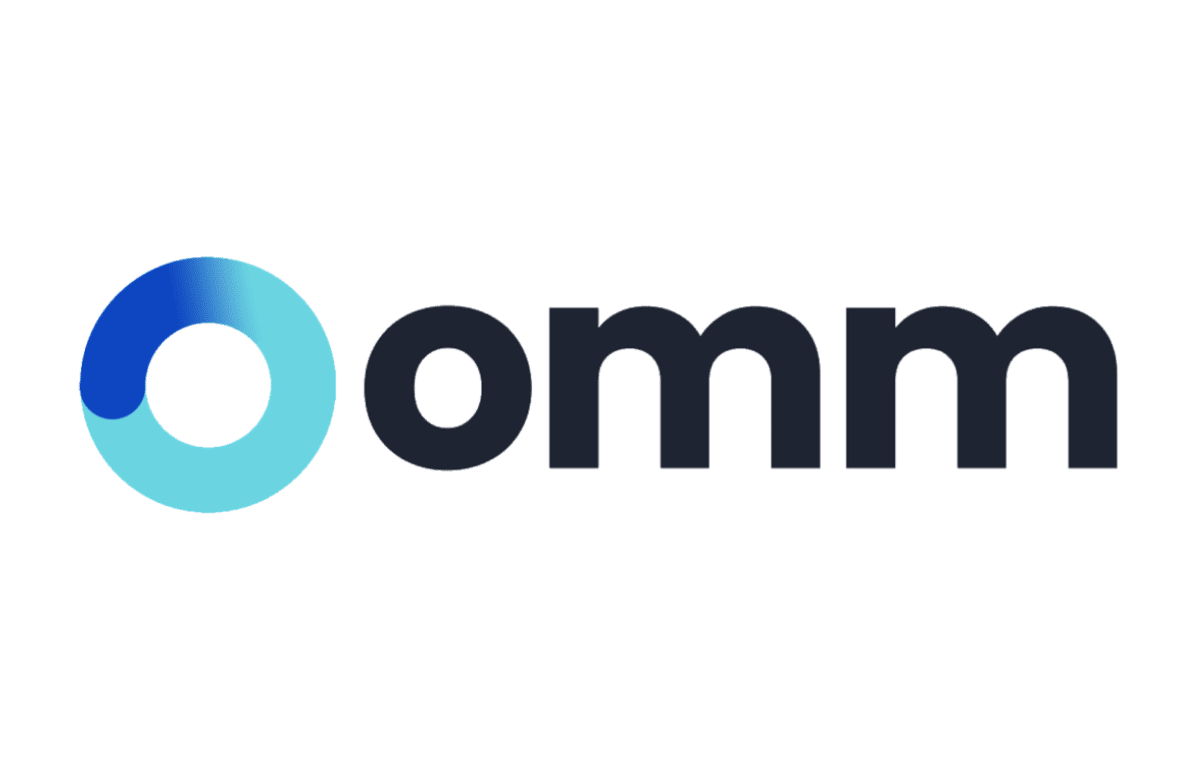Looking for a personal loan but currently under a Part IX debt agreement? While there are plenty of restrictions that are placed on you during your agreement, it’s important to know that there may still be avenues open to you when it comes to borrowing the money you need.
How can I get a personal loan with a Part 9 debt agreement?
There are plenty of lenders in Australia who specialise in personal loans for people with bad credit, including some who can approve applications for those who are repaying a debt agreement.
These come with more restrictions on loan amounts (no more than $15,000) and length (up to three years), as well as other conditions such as displaying a good repayment history for at least one to two years prior. Also, you’ll pay more in interest and fees than you would if you had good credit.
However, you’re likely to find that you’ll have more luck applying for financing once you’ve been discharged. Without the restrictions of your agreement’s monthly commitments, more lenders will be willing to approve loan to you, particularly if you were able to make your payments without any real trouble.
Savvy is partnered with lenders who can work with individuals who’ve struggled with their credit in the past, including those under a debt agreement. When you apply with us, a member of our team will walk you through the options available and any requirements you’ll have to meet.
How can I work out my affordability?
Determining what you can afford to borrow is a large part of the personal loan process, as your lender will always want to make sure you’re able to comfortably repay the amount you’re asking for. You can work out your disposable (available) income by subtracting your regular expenses, such as rent, utilities and food, from your monthly income.
Lenders want to see clear daylight between your maximum disposable income and the portion of it dedicated to your loan repayments. For example, if you had $1,000 of disposable income each month, your lender is unlikely to approve you for a loan with monthly repayments of $700.
By applying with Savvy, we can give you a clear idea of how much you’ll be able to borrow based on your monthly budget to help you maximise your chances of loan approval.
Top tips for getting personal loan approval with a Part IX
-
Only apply for what you can afford
The key to a successful application is to apply within your means. If your lender believes you’re at risk of defaulting, you’re probably applying for too much. Stick to an amount and term that maximises your comfort in repaying the loan.
-
Don’t apply for multiple loans at once
Lenders are likely to be put off several applications in quick succession appearing on your credit file. It’s worth taking the time and effort to ensure your first application is as strong as can be, which we can help you do when you apply with Savvy.
-
Avoid any job changes
Lenders prioritise borrowers who display job stability. A casual employee starting a new job won’t have the same security as a long-term full-time worker, for instance.
-
Cut down on monthly expenses
Reduce your overall financial commitments where possible. Whether that be a gym membership or subscriptions to costly services, cutting unnecessary expenses out of your cycle and increasing your disposable income can help you get approved.
Personal Loan Repayment Calculator
It’s important to have an idea of what your loan might cost you overall before you apply. Fortunately, Savvy’s personal loan calculator is simple to use and lets you know how much your repayments could be.
Your estimated repayments
$98.62
| Total interest paid: | Total amount to pay: |
| $1233.43 | $5,143.99 |
Apply for your personal loan online
-
Complete our simple online application form
First and foremost, you’ll need to fill out our quick and easy online form. Tell us about yourself, your finances, the loan you’re after and why you need it in just a few minutes.
-
Compare your options with Savvy
Once you’ve done this, you’ll be able to assess the products on offer from our partnered lenders. A member of our team will reach out to help you choose the best available offer.
-
Send your documents and formally apply
If you’re happy with one of the options available, you can go ahead and formally apply. We’ll handle this for you; simply send the required documents through our online portal and we’ll do the rest.
-
Get approved and sign your contract
We’ll let you know when you’re formally approved, which can happen in a matter of hours, and all you’ll need to do is sign your loan contract electronically to receive your funds as soon as the same day.
Personal loan eligibility and documentation
Eligibility
-
Age
You must be at least 18 years of age
-
Residency
You must be an Australian citizen or permanent resident (or, in some cases, an eligible visa holder)
-
Income
You must be earning a stable income that meets your lender’s minimum threshold (this can start from as little as $20,000 per year)
-
Employment
You must be employed on a permanent, casual or self-employed basis
-
Credit score
You must meet your lender’s minimum requirements related to your credit score and not be bankrupt or under a Part IX debt agreement
-
Contact
You must have an active phone number, email address and online bank account in your name
Documents
-
Personal information
Your full name, date of birth, address and contact details
-
Photo ID
Such as a driver's licence or passport
-
Payslips
Your last two consecutive payslips (or your last tax return if you're self-employed)
-
Assets and liabilities
Information about any assets you own (such as a car or house) and liabilities in your name (such as other loans)
-
Bank statements
90 days of bank statements may be requested, but not always


